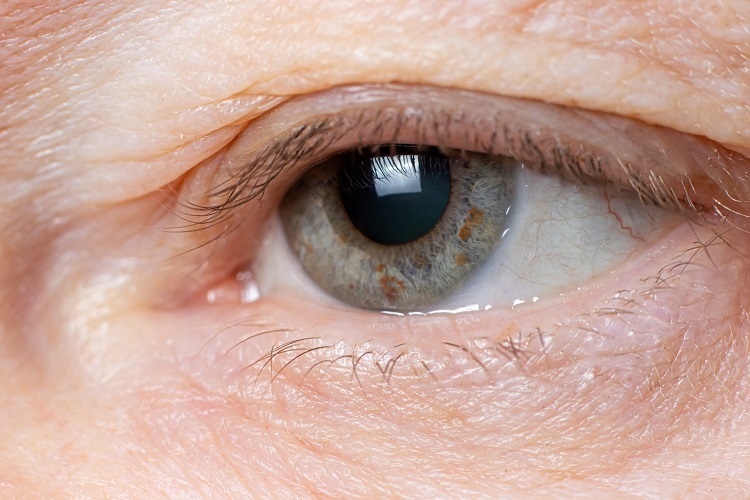The ptosis which is the term in Thai) or Blepharoptosis medical problem is manifested with the fall or descent of the upper eyelid of one eye to the least, thus occluding a portion of the eyeball. This drooping of the eyelids can have multiple causes, one of the most frequent being the one that occurs due to abnormal or incomplete functioning of the muscle that is responsible for raising the eyelid, although we will see that there are other causes. Palpebral ptosis can appear at any age and can be presented by both children and adults.
Table of Contents
What Are The Main Causes Of Blepharoptosis
There are both congenital and acquired causes:
- The ptosis congenital is present from the birth of the affected and is usually due to abnormal embryonic development of the levator eyelid
- The ptosis acquired may appear at any time during the life of the patient, and most often, it does at older ages. This group includes mechanical, muscular (myogenic or degenerative) and neurological causes
Mechanical Ptosis: The eyelid falls because it “weighs more.” For example, dermatochalasis or excess palpebral skin produces a type of palpebral pseudoptosis. Likewise, pathologies such as palpebral tumors or chalazion-styes can induce mechanical ptosis.
Muscle Ptosis: These include those cases in which the eyelid lift muscle does not work well due to a disinsertion of its anchor point or those in which there is an acquired muscular pathology that makes it difficult its functionality (for example, mitochondrial myopathies).
Neurogenic Or Neuromuscular Ptosis: Certain pathologies that involve a denervation of the muscles that elevate the eyelid can induce a palpebral ptosis, as is the case of paralysis or paresis of the III cranial nerve (in the context of a stroke, for example) or Horner’s syndrome, in which the innervation of Muller’s muscle is disturbed and can sometimes be associated with severe systemic pathology.
Because the droopy eyelid can be due to a multitude of possible causes, since some of these can be serious, it is always recommended to perform a complete ophthalmological evaluation for an accurate diagnosis.









